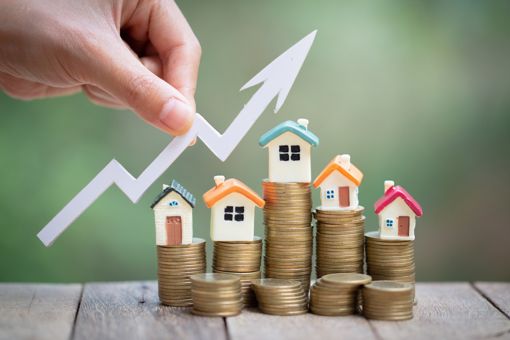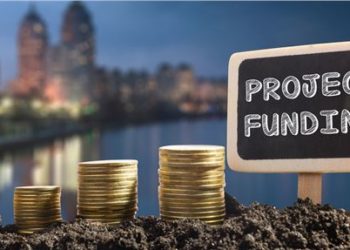Maintaining property value, improving tenant happiness, and minimizing operating expenses all depend on effective facilities and property management. Proactive maintenance, strategic planning, and technology integration are all components of effective property management, which increases property functionality, reduces downtime, and streamlines procedures. These are the main tactics to guarantee top-notch facilities and real estate property administration.
First and foremost, it’s critical to use predictive and preventive maintenance. Scheduling regular inspections and repairs for systems like HVAC, plumbing, and electrical components is known as preventive maintenance. Conversely, predictive maintenance anticipates possible equipment breakdowns before they happen by using data-driven insights. By addressing problems early on, this strategy decreases unplanned breakdowns, increases asset longevity, and lowers repair costs.
Another essential element is making use of automation and technology.
Another essential element is making use of automation and technology. Real-time work order management, occupancy monitoring, and energy consumption tracking are all possible with property management software, Internet of Things sensors, and smart building technology. Property managers may optimize energy use, lower utility costs, and make well-informed decisions with the use of actionable data from automated systems. In order to minimize tenant interruptions and ensure prompt intervention, smart systems can also notify facilities personnel of equipment failures or maintenance requirements.
Property managers can gauge efficiency and make ongoing operational improvements by using performance tracking and benchmarking. Property managers can track the results of their plans and make necessary adjustments by setting up key performance indicators (KPIs) like energy efficiency, tenant satisfaction, and response time to service requests. It is insightful to compare these KPIs to industry norms or comparable attributes into competitive performance and areas for improvement
Another essential element is making use of automation and technology. Real-time work order management, occupancy monitoring, and energy consumption tracking are all possible with property management software, Internet of Things sensors, and smart building technology. Property managers may optimize energy use, lower utility costs, and make well-informed decisions with the use of actionable data from automated systems. In order to minimize tenant interruptions and ensure prompt intervention, smart systems can also notify facilities personnel of equipment failures or maintenance requirements.
Property managers can gauge efficiency and make ongoing operational improvements by using performance tracking and benchmarking. Property managers can track the results of their plans and make necessary adjustments by setting up key performance indicators (KPIs) like energy efficiency, tenant satisfaction, and response time to service requests. It is insightful to compare these KPIs to industry norms or comparable attributes.
Last but not least, teams are kept up to date on the newest technologies, safety procedures, and industry best practices thanks to ongoing training and development for facilities management employees. Knowledgeable and competent employees are better able to manage challenging jobs, make fewer mistakes, and enhance the general standard of service offered to renters.
Property managers can improve real estate facilities management performance and efficiency by incorporating these tactics, which will raise property value, save operating expenses, and increase tenant happiness.

















